How to republish
Read the original article and consult terms of republication.
In Rezé, residents, researchers and elected representatives listen to the sounds of the city
By Arnaud Can, Researcher in acoustics, Université Gustave Eiffel
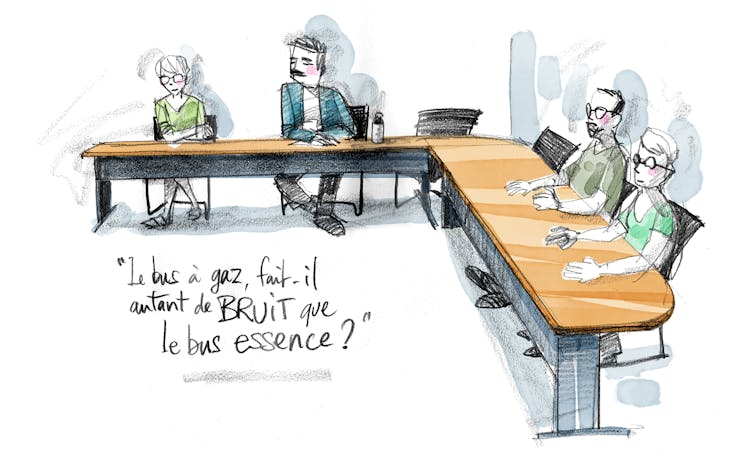
Just a fifteen-minute stroll through a city can be enough to perceive its wealth of sounds: the distant or omnipresent sounds of road transport, perhaps joined by tram or aerial noises; birdsong, the croaking of the common midwife toad, the wind in the leaves; the sounds of building work, adult voices, children playing...
This diversity of songs accompanies and shapes our relationship with the city; it is also a revealing element of urban dynamics and public policies on mobility and development. The car-free days introduced by some cities, and even more so the lockdown of Spring 2020, have raised awareness of the role of noise in our cities..
Developing a high-quality sound environment is a major challenge for the city. The health impacts of prolonged exposure to excessively high noise levels have been demonstrated. They are of the same order of magnitude as those caused by air pollution : every year, more than 1.5 million years of healthy life are lost in the European Union.
On the other hand, studies have shown that having access to quiet areas is a beneficial way to recharge your batteries.
But diagnosing a city's sound environment is no easy task. The diversity of sounds heard and the high variability of sound levels complicate the estimates that can be provided by the models developed by researchers.
Residents often comment on the discrepancy between their feelings of annoyance and the noise exposure maps produced by modelling, a document that every European conurbation with more than 100,000 inhabitants must produce and make available to residents (see, for example Nantes).
Sound environments are therefore difficult to diagnose, which makes it difficult to take them into account in public policy. It therefore seems necessary to take a cross-cutting approach to the issue of noise in the city.
Calling on the expertise of local residents
To achieve this, the expertise of local residents must be called upon. Who could be better placed to make these diagnoses and to suggest ways of improving the quality of sound environments?
How can we make the most of their local knowledge? This is the question posed by the SonoRezé project, jointly developed by Université Gustave Eiffel and Rezé town council.
The residents of this community of 43,000, located in the Nantes metropolitan area, were invited to contribute to the first citizens’ diagnosis of sound environments on a city-wide scale.
The first question posed was that of a participatory mapping of the sound environments of the sites. To do this, Rezé citizens were invited to download the free, open-source Android application NoiseCapture, developed at Université Gustave Eiffel, which enables noise levels to be measured from a mobile phone.
Each noise measurement is combined with the phone's GPS track. The data is then processed to create an interactive noise map that can be consulted online.
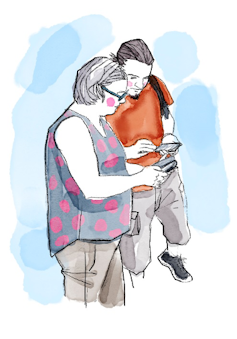
For a better understanding of the diverse range of sounds heard, a “tag” mode also allowed participants to give the sources of the sounds.
Over the 7 months of the trial, from December 2021 to June 2022, more than 130 people helped to collect almost 100 hours of data from the various districts of the town. The measurements were taken either freely in the course of their daily lives, or during group measurement sessions followed by informal, friendly discussion.
Discussion groups to add nuance
The data was used to draw up a map of noise levels, as well as noise maps by sound source, highlighting the prevalence of aircraft, nature and tram noise in the various neighbourhoods.
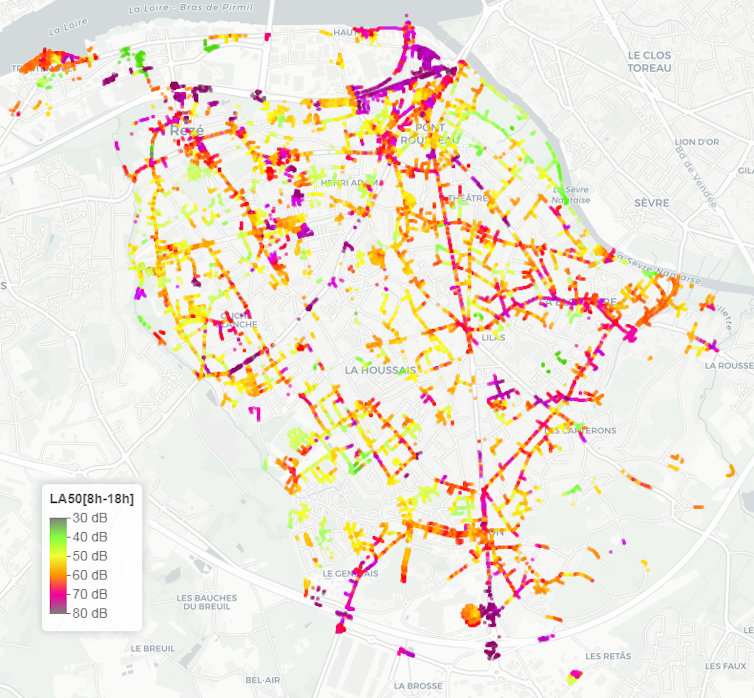
These maps were supplemented by feedback from local residents, which was essential in providing nuance and context to the objective data collected. During discussion groups involving elected representatives, researchers, residents were able to express themselves freely on the positive or negative aspects of the sound environment they had observed.
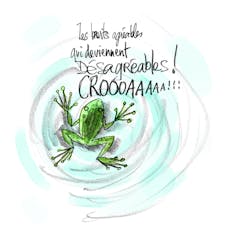
Two sources of noise emerged and were the subject of consensus: road traffic and air traffic. This consensus illustrates the concerns of the residents of a locality through which a great deal of commuter traffic flows (daily commuter trips) and which is located under the Nantes-Atlantique airport air corridor, less than 5 km away.
«I really have the impression that now, perhaps even more so south of the ring road, there's traffic all the time! All the time! At any time of day... and in the morning, it's unbelievable».
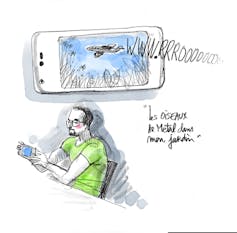
The interviews highlighted the diversity of soundscapes in the city, but also the differences in perception: the noise of a stadium or a café, for example, may not meet with consensus.
The psychological dimension of noise also emerged from the discussion, particularly in the case of aircraft noise:
« It makes me think of all the people in Nantes who say, OK, we have to reduce CO2, and then they get on a plane at the weekend to go to Portugal for a drink with friends. It doesn't make sense to me, and maybe it adds to the hostility towards noise”.
The discussion groups also helped to paint a picture of a city with a high-quality sound environment, with green spaces and preserved residential areas: “There are 3 parks there [...] which are rather pleasant [...] quite protected from all the road noise... and when you're there, you don't feel like you're in the middle of town”.
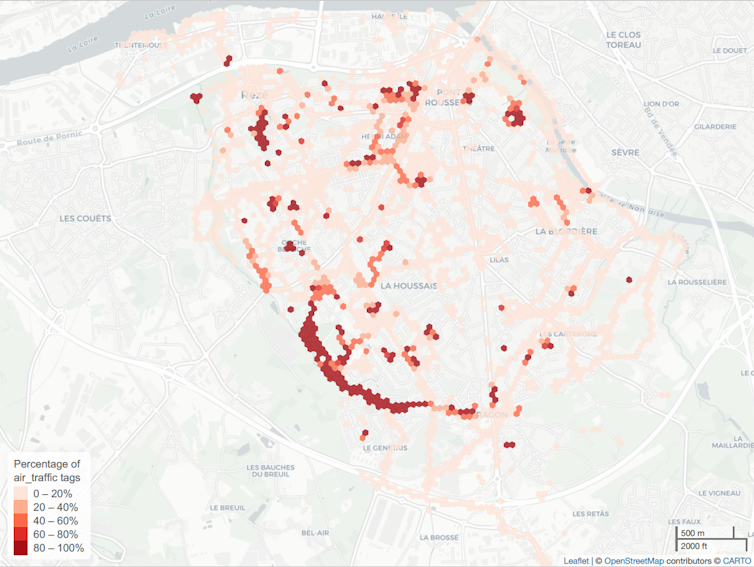
The discussions also showed that taking part in the experiment changes the way you relate to sound environments:
“Recording opens us up to all the sounds around us, which means that, on a personal level, it's rather pleasant because it strengthens our sense of hearing and listening”.
Improving the sound environment in other areas
Finally, taking part in a group encourages a degree of empathy between participants, enabling them to put their personal cases into perspective, extrapolate their experiences and gain a more global view of the perception of noise in their town, in order to draw up a collective diagnosis.
Those who took part in the process were also clear about the changes that the city has undergone and is undergoing, and their repercussions on the everyday soundscape.
«For me, the main thing that could help the city's sound environment to improve is to avoid going 100% towards road transport.»
The scheme also raises participants’ awareness of the practices that lead to a high-quality sound environment.
For the local authority, this is the other challenge of such an approach: to create a group of residents with a ‘listening ear’, educated about the problem of noise and capable of taking action to improve the sound environment.
This is the question now being asked collectively by the SonoRezé II project, funded by the French National Research Agency. There are a number of objectives: extending collective measurement sessions to refine the diagnosis, stepping up noise awareness initiatives, and co-constructing initiatives led by local residents to improve sound environments. We also need to think about how to extend the approach to other areas, whether small towns or large urban centres.
This article was co-written with Philippe Audubert, Deputy Director of Public Policy for the Elderly and Health Prevention at Rezé Town Council, and Claire Guiu, Deputy Director of Planning, Landscapes and Ecology. The SonoRezé team would like to extend its warmest thanks to all those who took part in the measurements and discussion groups.![]()
![[Translate to English:] Logo MESR - Crédits MESR [Translate to English:] Logo MESR - Crédits MESR](https://reflexscience.univ-gustave-eiffel.fr/fileadmin/ReflexScience/Lire/Articles/The_Conversation/logo-MESR-300x300max.png)
Science and society are mutually nourishing and benefit from conversation. Research can be based on the participation of citizens, improving their daily lives or informing public decision-making. This is shown by the articles published in our series “Science and Society: A New Dialogue”, published with the support of the Ministry for Higher Education and Research.
Identity card of the article
| Original title: | A Rezé, habitants, chercheurs et élus à l'écoute des sons de la ville. |
| Author: | Arnaud Can |
| Publisher: | The Conversation France |
| Collection: | The Conversation France |
| License: | This article is republished from The Conversation France under a Creative Commons license. Read the original article. An English version was created by Hancock & Hutton for Université Gustave Eiffel and was published by Reflexscience under the same license. |
| Date: | October 3rd, 2023 |
| Langages: | French and english |
| Keywords: | Pollution, cities, science and society, noise, urban policy, “Science and Society: A New Dialogue” |

![[Translate to English:] Licence creative commons BY-SA 4.0 [Translate to English:] Licence creative commons BY-SA 4.0](https://reflexscience.univ-gustave-eiffel.fr/fileadmin/ReflexScience/Accueil/Logos/CCbySA.png)